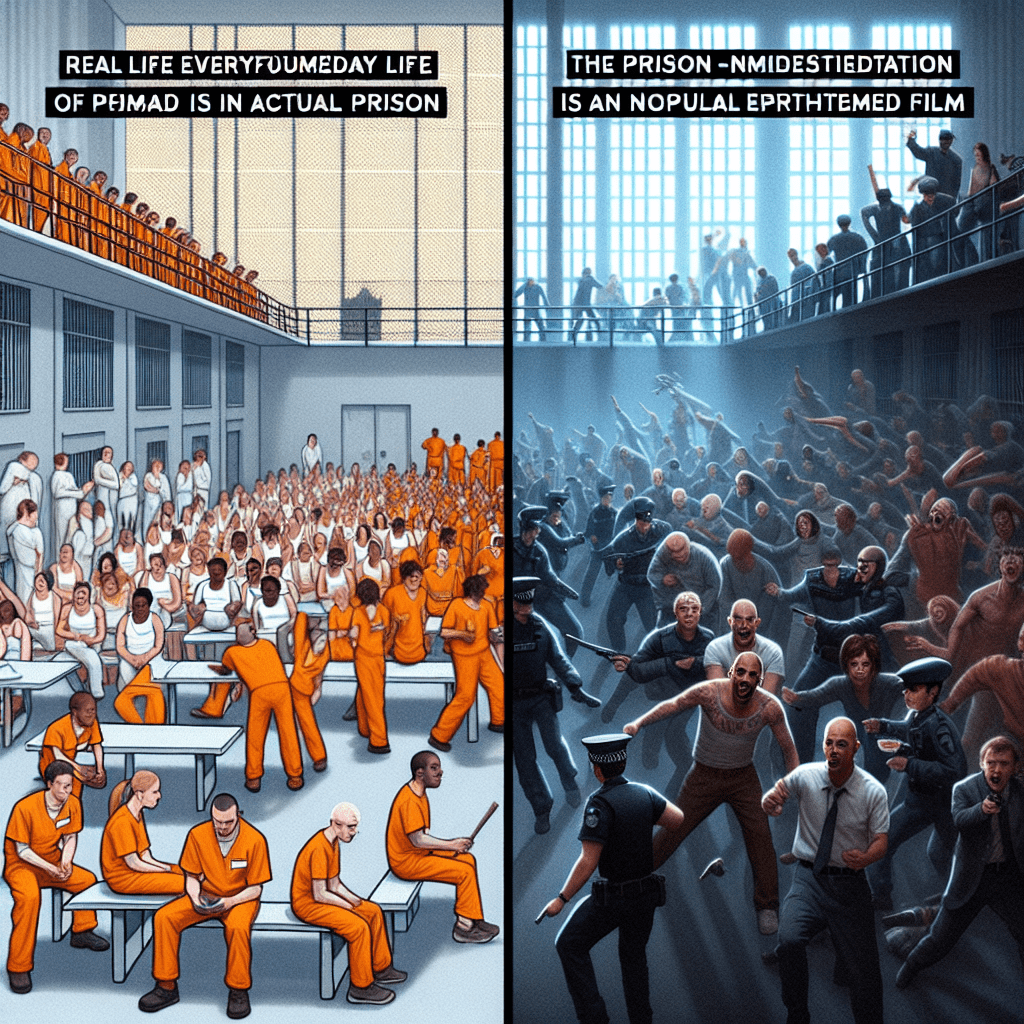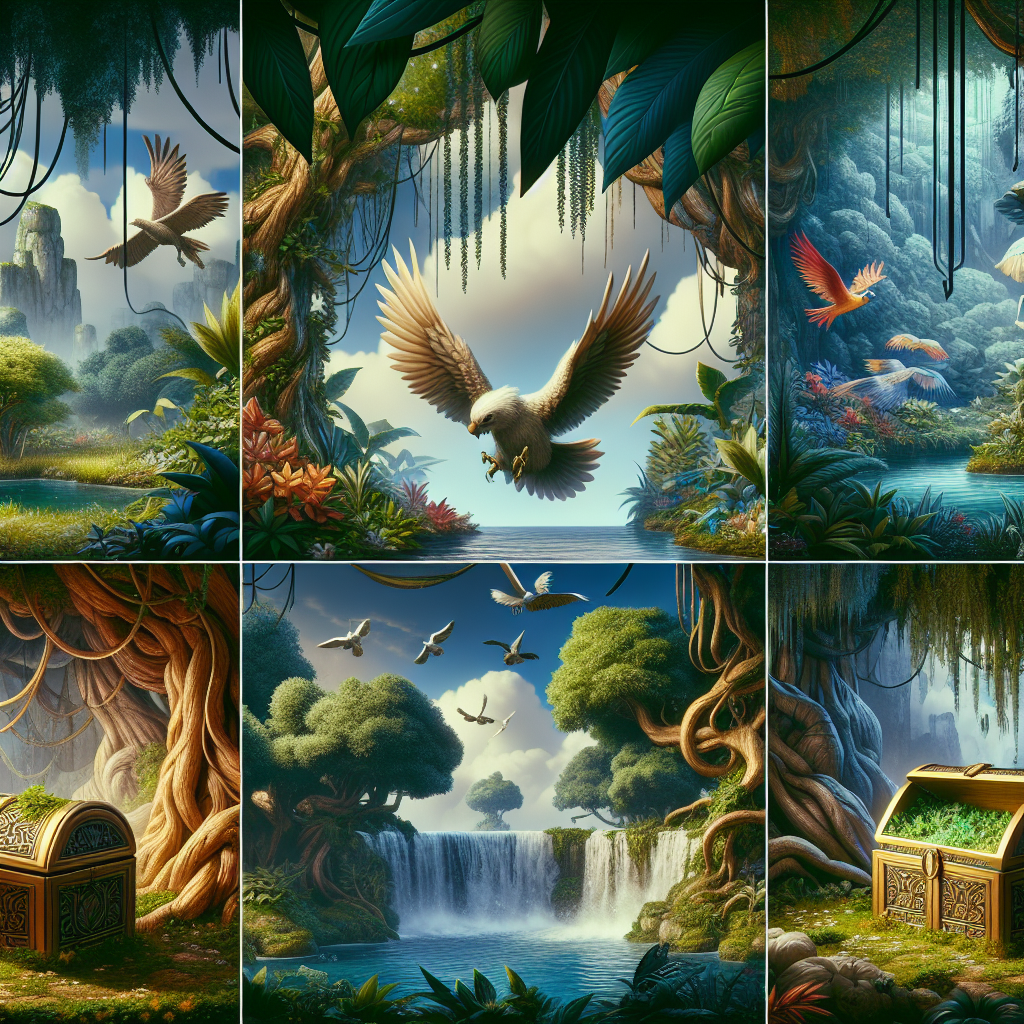===
"The Shawshank Redemption" remains one of the most revered films in cinematic history, a poignant tale of hope and friendship set against the bleak backdrop of a prison. However, as viewers engross themselves in the story, questions often arise about its authenticity. Is the narrative rooted in reality, or is it simply a masterful work of fiction? Exploring the truth behind Shawshank Redemption reveals an intricate tapestry woven from both factual and fictional threads. Understanding this duality not only enhances our appreciation of the film but also ignites discussions about justice, resilience, and the human spirit.
Unraveling the Myths: The Real Story Behind Shawshank
At its core, "The Shawshank Redemption" is based on Stephen King’s novella "Rita Hayworth and Shawshank Redemption," published in 1982. King’s story draws inspiration from real-life injustices faced by inmates in American penitentiaries. While the specific events depicted in the film are largely fictional, they resonate with the experiences of those who have endured wrongful imprisonment. The narrative encapsulates a universal struggle against despair and oppression, encapsulating themes that echo true injustices prevalent in the criminal justice system.
Moreover, the film’s portrayal of Shawshank State Penitentiary, although a fabrication, reflects actual historical conditions in prisons during the 20th century. The oppressive atmosphere, systemic corruption, and the brutality of prison life are not mere embellishments; they echo historical realities faced by countless individuals behind bars. By examining these elements, we gain insight into how the film mirrors societal issues, transforming it into a narrative that resonates deeply with audiences and challenges the status quo.
However, while these parallels with reality exist, viewers must remember that the central storyline—particularly the dramatic escape of Andy Dufresne—is a construct designed for impact. The meticulous planning and execution of his escape, alongside the unexpected twists, contribute to the film’s gripping nature. This blend of truth and fiction emphasizes the film’s artistry while questioning the integrity of the justice system, pushing audiences to reflect on broader societal themes.
A Critical Analysis: Fictional Elements in Shawshank Redemption
As we delve deeper into the cinematic composition of "The Shawshank Redemption," it becomes evident that certain plot devices are crafted for dramatic effect rather than factual accuracy. For instance, the friendship between Andy Dufresne and Ellis "Red" Redding serves as the emotional backbone of the film. Their bond is integral to portraying resilience amid adversity, yet it is exaggerated for narrative depth. The character of Red, a fictional amalgamation, is portrayed by Morgan Freeman with a captivating gravitas that enhances the film’s emotional weight, though he does not exist in the original novella.
Additionally, the film introduces various fictional characters, such as Warden Samuel Norton and Captain Byron Hadley, who embody the archetypes of corruption and brutality found in prison systems. Their exaggerated portrayals serve to intensify the conflict and highlight the themes of power and oppression. The dramatic confrontations they engage in amplify the stakes for Andy, yet they deviate from the actual dynamics observed in typical prison settings. This creative license allows the filmmakers to heighten tension and foster compelling storytelling, albeit at the expense of strict realism.
Furthermore, the film’s ending, where Andy ultimately escapes and finds solace in Zihuatanejo, offers a narrative resolution that may be more fantastical than factual. While the notion of hope and redemption is central to the human experience, the seamless execution of Andy’s elaborate plan borders on the implausible. Such elements stir debate among audiences regarding the feasibility of such an escape and whether it serves the greater narrative purpose of inspiring hope or distracts from the harsh realities of prison life. These cinematic choices prompt viewers to question the delicate balance between realism and storytelling, inviting deeper contemplation of how fiction can illuminate truths.
===
In conclusion, "The Shawshank Redemption" is a rich tapestry of fact and fiction that captivates audiences while simultaneously sparking critical dialogue about justice, friendship, and resilience. By unraveling the myths surrounding this cinematic masterpiece, we not only appreciate its artistic merit but also confront the uncomfortable realities of the justice system it reflects. As you engage with the film, consider the broader implications of its narrative choices and how they speak to both personal and societal struggles. The timeless themes of hope and perseverance remind us of our shared humanity, urging us to continue exploring the intricate layers of storytelling that can inspire real change in the world. Dive deeper into the film, reflect on its powerful messages, and let it inform your understanding of justice and redemption in our lives.
Exploring the Impact of 40,000 Daily Steps on Weight LossEffective Yoga Poses for Optimal Weight Loss and WellnessComprehensive Reviews of Happy Mammoth Weight Loss ProgramRelevant LinkRelevant LinkRelevant Link




